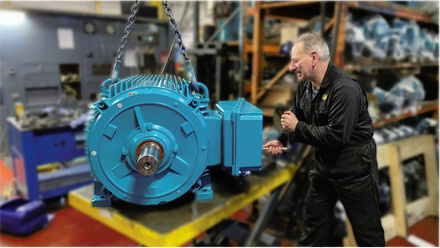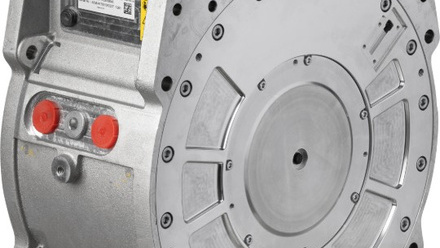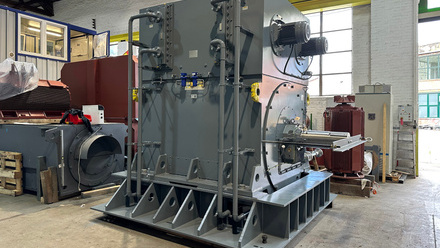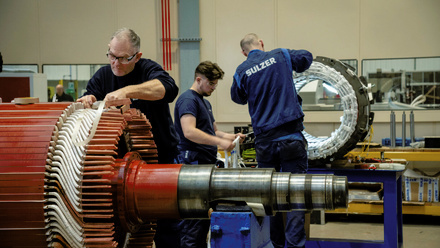AEMT Minimising Downtime Guide
The guide highlights the following critical areas for minimising downtime:
- Installation
- Foundation: Highlights the criticality of proper motor installation as a foundational step to minimise potential downtime.
- Selection and Alignment: Advises on selecting a reputable supplier, choosing the appropriate motor for specific applications, ensuring correct alignment and secure electrical connections.
- Routine Maintenance
- Programme Design: Discusses the importance of a well-documented routine maintenance programme to prolong motor life and maintain efficiency.
- Maintenance Tasks: Details various maintenance tasks categorised into short, medium, and long-term intervals, including cleaning, visual inspections, lubrication, and checking for signs of wear or damage.
- Spares, Options and Storage
- Spares Management: Addresses the significance of having a good stock of spares for minimising downtime and outlines considerations for effective spares management.
- Storage Guidelines: Provides guidelines on proper storage of motors, focusing on maintaining a clean, dry, and stable environment to prevent damage to components such as bearings.
- Total Cost of Ownership
- Quality of Repairs: Emphasises the impact of high-standard repairs on the reliability and life of a motor, recommending adherence to BS EN IEC 60034-23:2019 standards.
- Repair Standards: Covers aspects of the repair process, including maximum temperatures for burning off old windings, insulation grades, and tests to be carried out before and after repairs.
- Condition Monitoring
- Proactive Approach: Presents condition monitoring as a crucial method to pre-empt downtime by identifying and addressing potential issues early.
- Monitoring Techniques: Explains various monitoring techniques, including vibration and temperature analysis, to detect early warning signs of potential issues.
- Summary
- Holistic Approach: Concludes with an emphasis on a holistic approach to minimising downtime, encompassing good installation practices, routine maintenance, managing spares, high-standard repairs, and implementing condition monitoring.
This guide serves as a vital tool for those in the electromechanical industry, offering practical advice and methods to reduce the risk of unplanned downtime, thereby enhancing operational efficiency and reliability.
AEMT-Minimising-Downtime-Guide-Production.pdf






